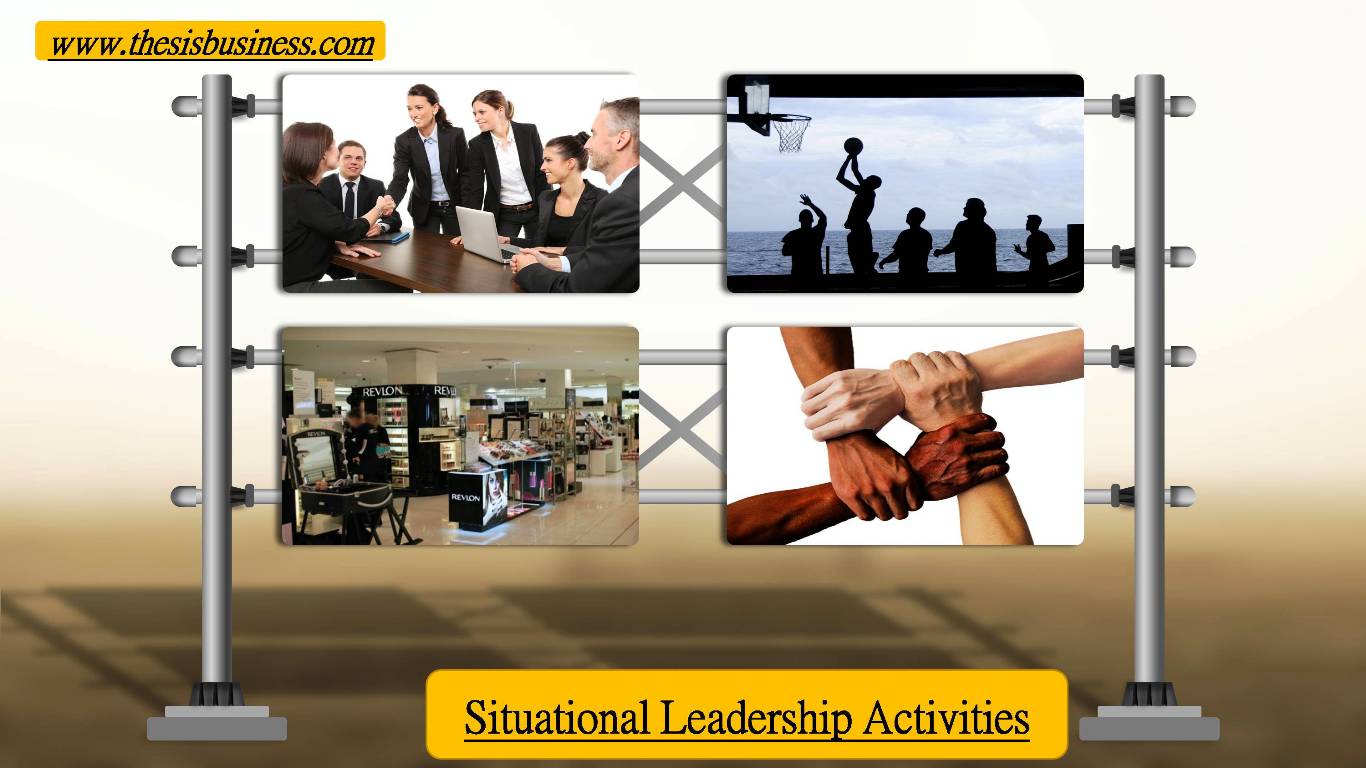Situational Leadership is a popular leadership approach used by many organizations. It provides a framework for leaders to adjust their leadership style best to meet the needs of their team and organization.
This blog article will explore seven different activities and scenarios to help you develop your situational leadership skills. We will examine how you can use these activities to effectively lead your team and organization.
Table of Contents
Situational Leadership Activities And Scenarios –
1. Survey-Based Leadership Activities and Scenarios
Survey-based leadership activities and scenarios are an effective way to shape leadership skills. By asking a sequence of questions and gathering feedback about the responses, leaders can better understand their team’s strengths, weaknesses, and individual goals.
Through surveys, leaders can also assess their team’s attitude towards specific topics and help them better understand their team’s motivations and needs. This information can then create meaningful activities and scenarios that can operate in leadership development programs.
For example, a survey may ask questions about a team’s current levels of motivation and engagement and the team’s values and beliefs. Leaders can then use this information to create activities focusing on developing the team’s strengths and weaknesses while enhancing their overall performance.
The activities include team-building activities such as problem-solving tasks or discussions and scenarios in which the team must devise solutions to a particular problem.
2. Stage-Based Role Playing Activities and Scenarios

Stage-based role-playing activities and scenarios are an excellent way to engage students in a hands-on learning experience that helps to develop their critical thinking, problem-solving, and communication skills.
By allowing students to take on different roles, they can explore the different perspectives of a given situation, gain a better understanding of the underlying factors that drive it, and develop the necessary skills to come up with the best possible solution.
For example, a teacher might have students role-play a negotiation between a customer and a business owner.
Through this activity, students can understand the dynamics of the negotiation process, learn how to make persuasive arguments, and practice their communication skills. Moreover, role-playing exercises also provide an opportunity for reflection and self-improvement.
3. Group Discussion Excercise
Group discussion activities and scenarios are a great way to engage a team. They can provide a platform for members to share ideas, provide feedback, and discuss solutions to common issues.
Group discussions can also build trust and foster collaboration within a team. Providing a safe space for members to communicate openly, group discussion activities, and scenarios can help to create a more productive atmosphere.
Can use group discussion activities and scenarios in various settings, including classrooms, company meetings, and team-building exercises.
Group discussion activities may be a great way to create an atmosphere of collaboration and growth in a team. They can provide a platform for members to share ideas, provide feedback, and discuss solutions to common issues. By creating a safe space for members to communicate openly, these activities and scenarios can help to create a more productive atmosphere.
4. One Member Three Leaders Activities and Scenarios
One member and three leaders’ activities can be a great way to create a dynamic and engaging learning environment. Each leader with unique skills and perspectives allows for a wide range of activities to be explored and creativity to be encouraged.
It can create an atmosphere that is collaborative and fun and builds relationships between the members. One example of significant activity for this type of group would be role-playing. The three leaders can each take on the role of a different character, and the members can act out a scene or story together.
The three leaders could provide hints and guidance to the group and encourage discussion and debate among members. Finally, a group project could be a great way to bring the three leaders and the members together.
It could involve creating a presentation, a product, or a website. This activity can help to build problem-solving skills, communication, and collaboration. Using one member and three leaders’ actions and scenarios can be a great way to create an engaging and dynamic learning environment.
5. Debating Leadership Activities and Scenarios:

Leading a debate can be a daunting and intimidating task. However, it can also be an enriching and exciting experience. Working with a team of debate leaders, you can create the perfect debate scenario for any audience.
As a debate leader, you will need to be well-versed in the topic of the debate and be able to communicate clearly and effectively. You will also need to be able to anticipate questions from the audience and be able to provide appropriate responses.
You must also be able to keep the debate on track and ensure that all participants are discussing the issue at hand.
When creating a debate scenario, you and your team should consider the purpose of the debate, the audience, the debate topic, and any potential questions or topics that may arise. It is essential to ensure that the debate’s case is relevant and that the audience is engaged.
Following these guidelines, you and your team can create an engaging and productive debate scenario. Working together, you can ensure that the debate is successful and that the audience is informed and engaged. Through these efforts, you can create a meaningful and rewarding experience for all involved.
6. Observation Challenge Activities and Scenarios:
Observation challenge activities and scenarios can be fun and engaging for all ages. These activities can help foster critical thinking skills, creativity, and problem-solving abilities. Depending on the system, the participants may need to draw conclusions from their observations and formulate strategies to complete the challenge. In addition, these activities help build teamwork and collaboration skills, as they involve working together to solve a problem.
For example, one observation challenge activity may involve a group of participants given a bag of items and a list of clues. The participants must observe each item in the bag and determine which things relate to the clues.
The goal is to connect the items to the clues to solve the puzzle. With this activity, the participants must use their observational and deductive reasoning skills to devise a solution.
Observation challenge activities and scenarios can be great tools for teaching critical thinking skills, problem-solving abilities, and teamwork. They are also fun and engaging to keep participants interested and motivated.
7. 30-Seconds Experience Activity and Scenario
In this activity, you are presented with a scenario and have 30 seconds to respond.
The scenario I was assigned was familiar: I had to develop an idea for a new business in 30 seconds, which was surprisingly tricky. I had to think quickly and develop a viable plan in such a short time. I had to consider the potential market, competition, and other factors that would go into starting a business.
In the end, I came up with a viable idea for a business. I won’t go into the specifics of my opinion, but it was something that I thought would be feasible and potentially profitable. It was an exciting experience and taught me how to think quickly and create creative solutions to problems.
The 30-Seconds Experience is a great way to practice problem-solving and creative thinking skills. It forces you to think quickly and come up with a viable solution in a short amount of time. It can also be a great way to develop new business ideas. So, if you’re looking for a fun and challenging activity, try the 30-Seconds Experience.
Conclusion:
Situational leadership activities and scenarios are essential for helping leaders better understand their teams and how to manage them effectively. By understanding the various scenarios, activities, and tools available, leaders can better respond to the needs of their groups and provide the guidance and direction necessary for success.
In addition, by understanding these situational leadership activities and scenarios, leaders can ensure that their team is successful and well-prepared for the future.

